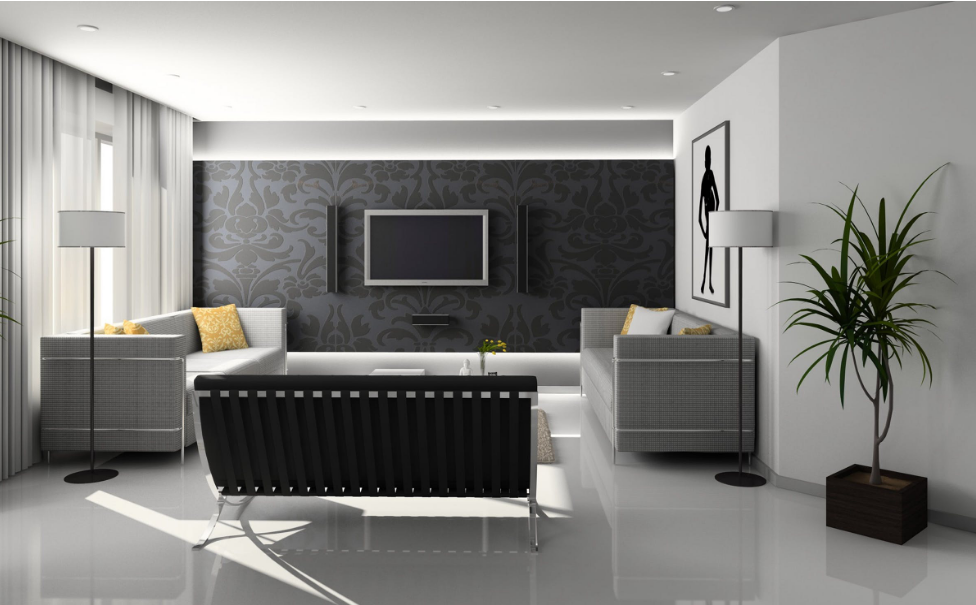Using Primer for Painting Projects

Using a primer before you paint your surface can be a tough question, since it is not always essential, despite the paint companies recommending the use of primer at all times. Often your response will be less based on the less factual aspects than on personal ones: the mood, cost, and tolerance for painting.
After all, using primer can feel like a waste of energy. Primer involves the same work just like applying the finish coat when painting. Each roll of the roller, each stroke of the paintbrush is the same as you would for the actual color coat.
When Do You Need To Prime?
When undertaking painting projects, not all conditions need to be visible for you to decide whether first to prime the surface:
New Drywall or Bare Surface
This condition is the biggest confirmation of them all. Freshly installed drywall is extremely permeable in two different ways: the dried composite covering the joints and the exposed facing paper on the drywall. Uncovered wood is even more absorbent and requires priming always.
Drywall Surfaces Coated with Skim
A skim coat refers to a thin coat of drywall composite swiped over a bare drywall. Considering a grade 5 finish, the highest level available, it’s not something you will come across regularly. However, just like drywall paper or bare wood, it is highly permeable and hence needs a primer. A wall texture is a substance just the same as drywall skim and would need riming as well.
If the Previous Coat is Glossy
Base coats that are glossy do not hold paint too well. Having a light sanding accompanied by two layers of primer will assist the color coat to stick easily. If you don’t intend to sand down the surface to remove the glossy sheen, then priming will assist the subsequent coats to stick.
Changing From Previous Dark Colors to Light Ones
To avoid the misery that comes with applying expensive light paints repeatedly over dark colors, you should treat it first with two coats of white primer; or three if the current color is too dark.
On the other hand, if you are changing from light to dark, you should know that most of the paint sellers have the power to shade your primer. This way, the color of the primer will come closer or even harmonize with that of your wall finish color, cutting down the number of primer layers you apply.
If You Are Uncertain, then Prime Your Surface
You can never go wrong with priming. If you only have little confidence in your wall’s condition before you apply paint on it, the perfect option is to prime it.
When You Don’t Require Priming
While priming is normally the best option, you can always squeal without using a primer under any of the subsequent conditions:
The Walls Are Perfectly Clean
Primer is known to stick better on walls that are not in perfect conditions. So if your walls are sparkling clean, it assists to abolish the need for priming. One of the methods you can use to clean your walls before applying paint is by creating a combination of water and TSP and wipe down your walls using a soft cloth. If you decide to avoid TSP, append a stainless brush fastener to the end of a vacuum and remove the main debris such as dust and cobwebs.
New Coat Corresponds To the Existing Coat Color
One of the main functions of the primer is to realign the base color so that your new color can show up accurately and brilliantly. If both existing and new colors are similar, then the need for priming is minimized although not eliminated.
Priming Precludes Painting
This factor is all about your psychology. Are you postponing painting since you do not intend to prime? If priming is your big issue, you should go ahead and just paint without it. Painted walls are usually better when compared to raw ones, regarding durability, appearance, and maintenance as well.
You Are Using a Combination of Primer and Paint
Self-priming paint is usually thicker than normal paint. Due to its thickness, the paint builds up relatively higher and creates a thicker layer. However, it is better to use separate paint and primer. But if your walls are in a better state, you can utilize a mixture of primer and paint. Self-priming paint is not the absolute cure which most Greater Detroit area homeowners might believe. Using a thicker coat only creates a weaker layer that takes much longer to dry.
